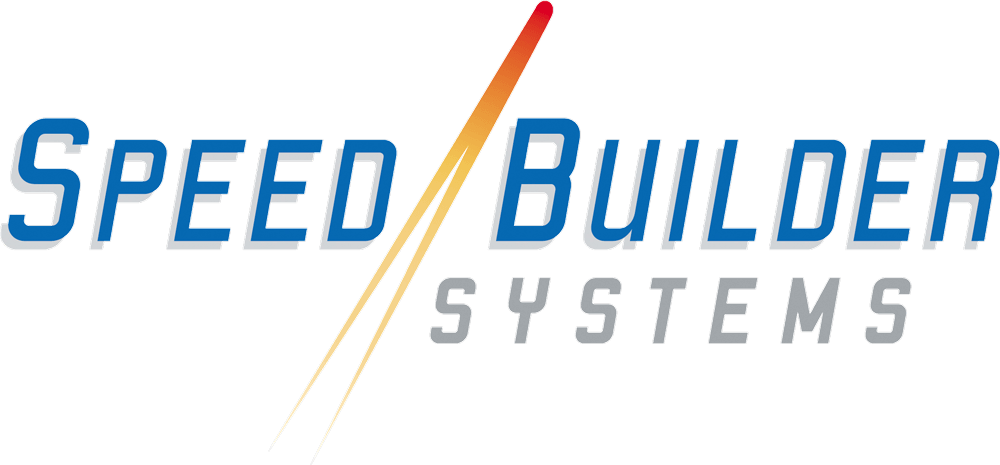Claims 2.0 – A New Era in Claims Handling
Claims Management 2.0 – A New Era in Claims Handling
The primary catalyst for change in any domain is the implementation of effective and efficient technology. However, the insurance sector operates uniquely compared to other industries. It is essentially transactional but requires transformational approaches. Therefore, integrating technology should prioritize streamlining processes, enhancing efficiency, and fostering imaginative solutions.
This paradigm shift has led to a new era in claims management, often referred to as Claims Management 2.0. This revolution is transforming the engagement of all stakeholders involved, ushering in a new wave of customer-centric experiences.
From the policyholder’s perspective, claims automation brings about distinctive changes. While information sharing remains central, the ultimate goal is to maintain a customer-focused service approach. Automation facilitates this, not only by giving claimants instant access to claims status, but also by facilitating a swift and accurate claims process.
A major achievement is the real-time integration of data into estimating software. Additionally, automating adjuster assignments based on location, capacity, skill-set, and licensing requirements, especially in catastrophe zones, ensures efficient resource deployment to aid policyholders promptly.
Moreover, communication with policyholders is vastly improved through automated initial contacts, acknowledgment letters, and scheduling, streamlining the entire process. Robotic process automation (RPA) and bots handle mundane tasks in the claims process, bridging the gap between legacy systems and enhancing operational efficiency and customer experiences. Examples of these tasks include data integration, claims data reconciliation, email and PDF data extraction, image and document analysis, workflow automation, and smart contracts enabled by blockchain technology for instant payment authorization.
Importantly, the integration of technology doesn’t overshadow the human touch; instead, it enables it through the concept of human-in-the-loop automation. This balance between convenience, decision-making, and sensitivity leads to right-touch service, fostering insurer loyalty and retaining policyholders.
We all know that, in today’s social media-driven landscape, poor customer service can have swift and far-reaching consequences. Digitizing policy distribution, underwriting, and claims handling can reduce the number of dissatisfied policyholders seeking alternatives. Insurers offering personalized experiences witness significant increases in customer retention and engagement, with usage-based insurance (UBI) products gaining popularity among auto policyholders.
Revamping claims processes involves understanding the customer journey and how claims fit into the broader customer experience. Electronic claims platforms grant policyholders greater control over the process, enabling customization and providing 24/7 access for submitting claims, checking policy coverage, uploading documents, making payments, viewing settlement offers, and receiving payments – all without needing to speak to a representative. This has substantially reduced the claims life cycle, boosting overall customer satisfaction.
Carriers are also undergoing a mindset shift, embracing a proactive and preventative approach to risk management, moving from “detect and repair” to “predict and prevent.” Automation and AI support the entire insurance value chain, and despite challenges posed by legacy technology, carriers are making significant strides to leverage technology and update their operational models. Real-time access to policy information is increasing claims productivity for workers’ compensation, general liability, property, and transportation policies.
The new technology encompasses workflow automation, custom reporting, and real-time analytics, streamlining processes, and improving data exchanges. Carriers are also implementing robust cybersecurity measures to protect data transmission, ensuring data integrity, access control, and audit trails.
The industry is becoming more open-minded about remote work, digital processes, and AI utilization, and there are speculations that generative AI will influence policy underwriting, claims handling, and the overall customer experience.
The path ahead involves collaboration to expand the boundaries of what’s possible. Integrating claims management systems and data with the cloud, wearable devices, telematics, and sensors will play a significant role in the future. Interestingly, consumers have shown willingness to share behavior data or private information in exchange for lower premiums.
For carriers to remain relevant, embracing Claims Management 2.0 is crucial. Over the past five years, the industry has shown its willingness to embrace change and adopt new perspectives on claims management. Stakeholders, including policyholders and adjusters, are already reaping the benefits of innovation in the insurance sector. The future promises to be exciting as claims management continues to evolve and be re-imagined.
